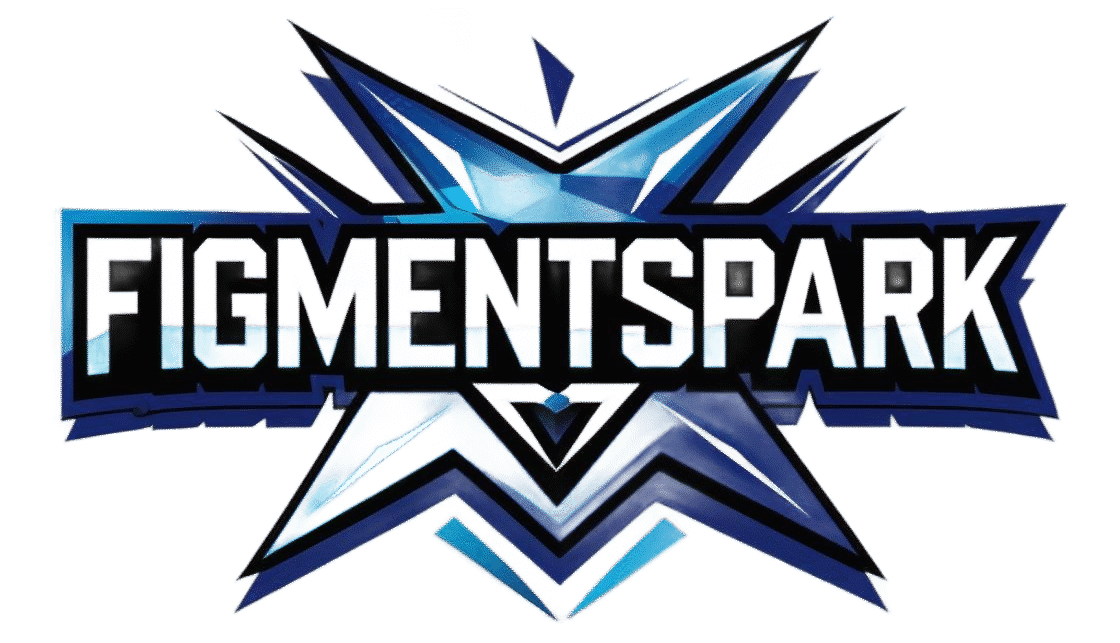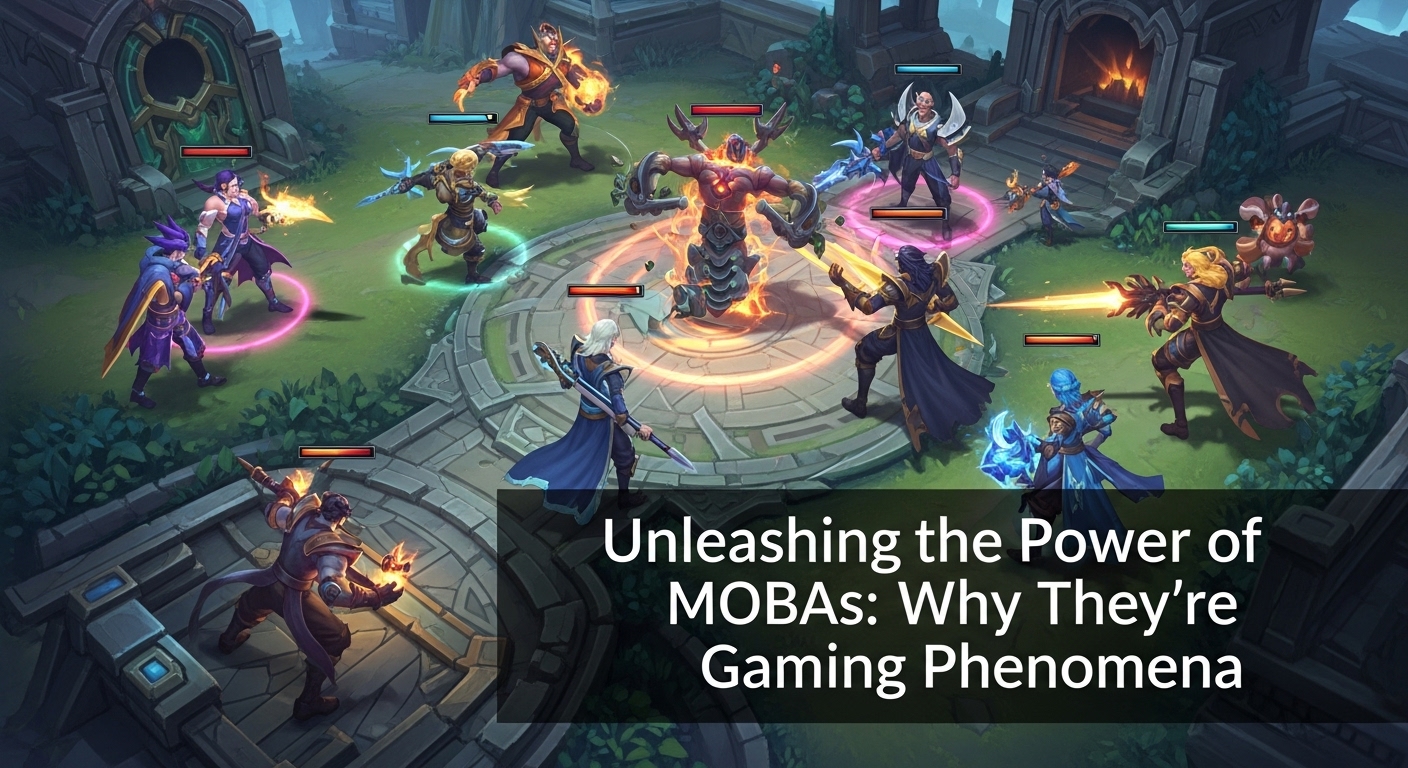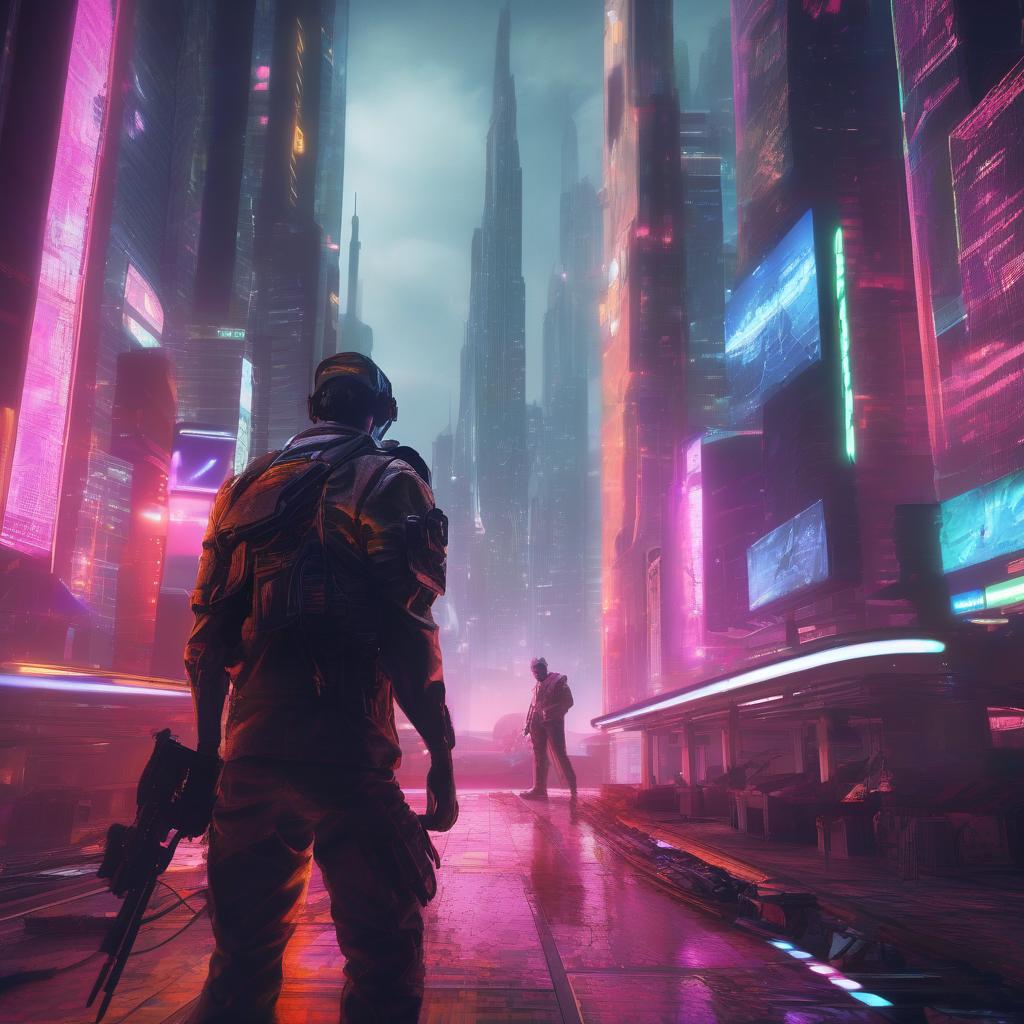So, you’ve stumbled upon MOBAs. Maybe not stumbled—more like, you’ve seen them pop up in conversations, streams, or maybe your friend’s incessant chatter. Multiplayer Online Battle Arena games—yeah, that’s what MOBA means. It’s a big genre. You can’t escape their influence if you’re into gaming. First-time hearing about them? Well, it’s this gaming genre that’s kind of taken the world by storm. Think “League of Legends” or “Dota 2″—these aren’t just games; they’re phenomena. They’re part game, part sport, and part cultural touchstone.
What Exactly Is a MOBA?
MOBA games revolve around strategy, teamwork, and, let’s face it, a bit of luck. They combine elements from real-time strategy games, but unlike RTS games where you manage entire armies, MOBAs put you in control of one character—your hero. You and your team aim to destroy the enemy’s base. Simple, right? But man, the depth. The mind games. The skill ceiling is sky-high.
For more detailed nitty-gritty about this genre, you might want to check out this comprehensive Wikipedia article. It’s got the history, the mechanics, the evolution—everything.
The Mechanics of MOBA Games
Here’s where it gets interesting. In a match, you and four other players fight against another team of five. Each player picks a unique hero with distinct abilities. The objective is to work together to push down lanes lined with defense towers and eventually demolish the enemy’s base building—often referred to as the “Ancient” or “Nexus,” depending on what game you’re playing.
Key Features
- Heroes/Champions: Each with roles like Tank, Support, or Damage Dealer.
- Map: Usually a three-lane map with a jungle area that provides neutral monsters for resources.
- Levels and Items: Heroes gain experience to level up and acquire items that enhance their abilities.
Why does this matter? Strategy. The strategy is everything. Deciding when to attack, when to defend, and how to use your hero’s abilities to support the team can make or break the game.
So, Why Are MOBAs So Popular?
Alright, why are they addictive? First off, the competitive nature. Victory is sweet, but the path to it is even sweeter. The eSports scene for MOBAs is massive. We’re talking sold-out stadiums and millions of dollars in prize pools. Yeah, real money. The skill level these pros operate at is astronomical. Watching them—it’s like art in motion. They make it look easy when it’s anything but.
Plus, constant updates—new heroes, balance changes, and seasonal events keep the game alive. You never quite master it. Always something new to learn, a new strategy to try, a new hero to master.
The Impact of MOBAs on Gaming Culture
Think about this for a second. MOBAs have not only carved out a niche but have also influenced other genres in massive ways. There’s an undeniable overlap with FPS games in terms of strategic play and team dynamics. Ever noticed how games like Valorant seem to take a leaf out of the MOBA book with hero-based abilities? If you’re curious about the evolution of FPS games and their ties to MOBAs, check out this article on FPS games.
Moreover, the community aspect. These games foster environments where teamwork reigns supreme. Sure, the toxicity can sometimes overshadow the camaraderie, but when your team clicks, it’s magic.
Future of MOBA Games
Where do we go from here? The genre isn’t going anywhere. New titles continue to emerge, albeit with mixed success. The thing is, the core of what makes MOBAs great is also what makes them hard to break into. Established giants like “League of Legends” and “Dota 2” dominate the scene. But who knows? New genres have been born from MOBAs. Auto-battlers like “Teamfight Tactics” for instance, which started as a spin-off, now have a dedicated player base.
There’s a speculative piece on Forbes that dives into what could be next for MOBA games, touching on innovation, technology, and gaming trends.
Breaking Down the Top MOBA Games
Now, let’s break down some of the heavy hitters in the MOBA world. Games that set the standard, the ones that inevitably become the gateway into this genre.
| Game | Developer | Release Year |
|---|---|---|
| League of Legends | Riot Games | 2009 |
| Dota 2 | Valve | 2013 |
| Smite | Hi-Rez Studios | 2014 |
League of Legends
The undisputed king for many. Huge player base, massive eSports presence, and a deep lore that could rival some fantasy novels. Games last between 20 to 40 minutes, and each match is a fresh start—new strategies, new challenges.
Dota 2
More complex, arguably. It has a steep learning curve that can be a bit intimidating. But the hardcore fans love it for that very reason. The depth allows for intricate plays, and the International—Dota 2’s championship—is one of the most prestigious eSports tournaments in the world.
Smite
Offers a third-person perspective, which changes how you engage in combat and strategy. It’s slightly different but still delivers that MOBA experience we crave for. Gods and mythological creatures battle it out here—it’s a unique twist.
Casual Thoughts on MOBA Community and Culture
Honestly, the community can be a mixed bag. Passionate, yes. Toxic, sometimes. But at its core, the community is a reflection of the competitive nature of the games themselves. Everyone wants to win. And when things go south, well, tempers flare.
Yet, it’s the friendships formed, the teamwork achieved, and the rivalries fostered that make it all worth it. Being part of a team that shares a goal—pushing that final lane, taking down that last tower. It’s an adrenaline rush that keeps players coming back.
So there you have it. A peek into the world of MOBAs. Whether you’re a seasoned veteran or a curious newcomer, these games offer something unique in the gaming landscape. They’re demanding but rewarding. Frustrating but fun. And that’s what makes them special.
FAQs
- Q: What’s the best MOBA game for beginners?
A: League of Legends is pretty friendly to new players. It has a massive community and tons of guides to get you started. - Q: How long does a typical MOBA match last?
A: Matches can range from 20 to 60 minutes, depending on the game and the skill level of the players involved. - Q: Do I need a powerful PC to play MOBAs?
A: Not really. Most MOBAs are designed to run on a range of systems, so you don’t need top-of-the-line tech to jump in. - Q: Are MOBAs only for competitive players?
A: Not at all. They can be enjoyed casually too, though the competitive nature is a big draw for many. - Q: Can I play MOBAs on consoles?
A: Yes! Games like Smite and Paladins are available on consoles, so you can enjoy that MOBA experience away from the keyboard and mouse.



